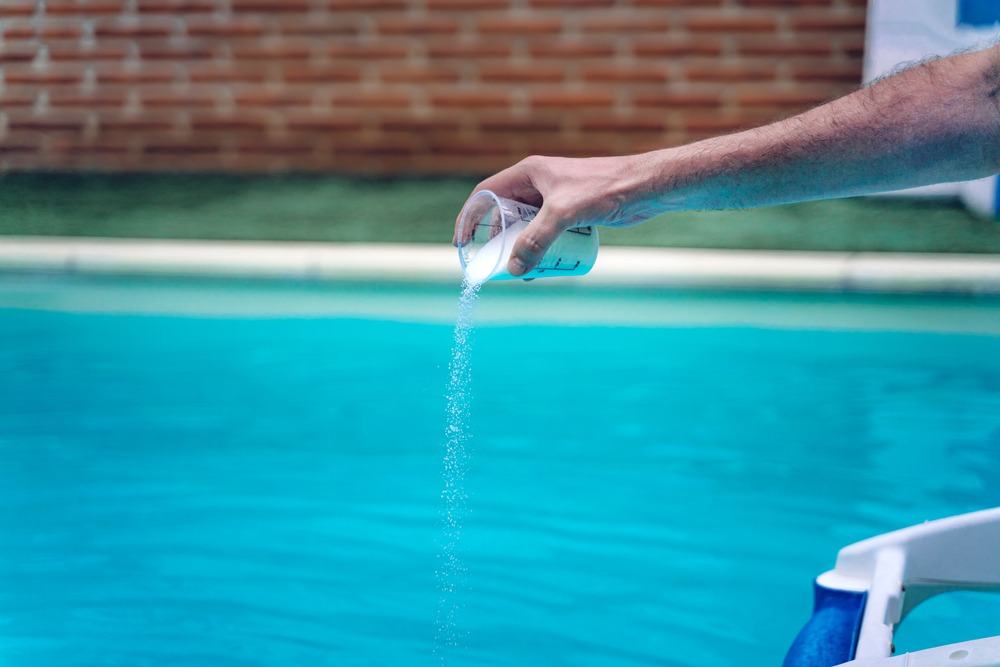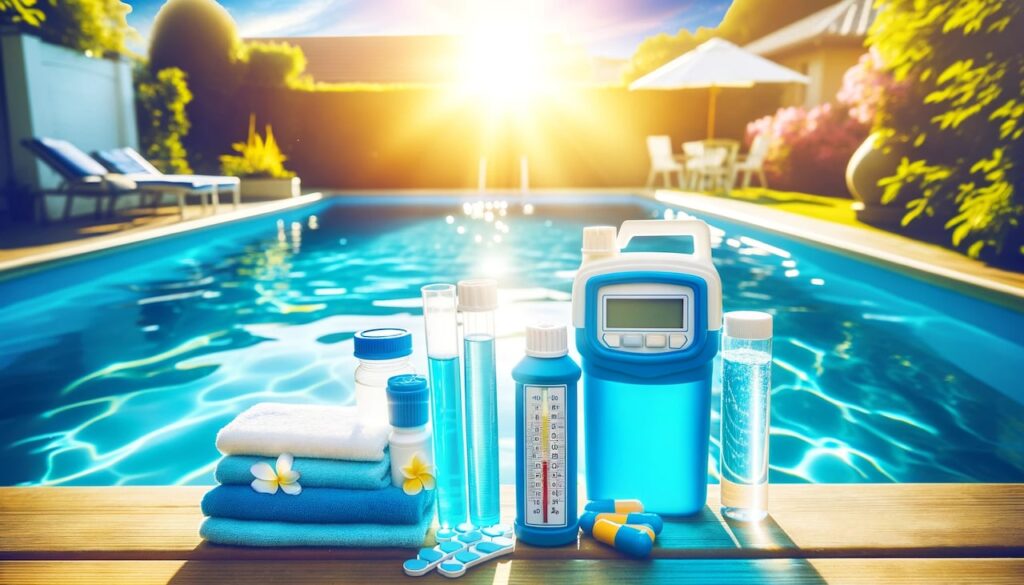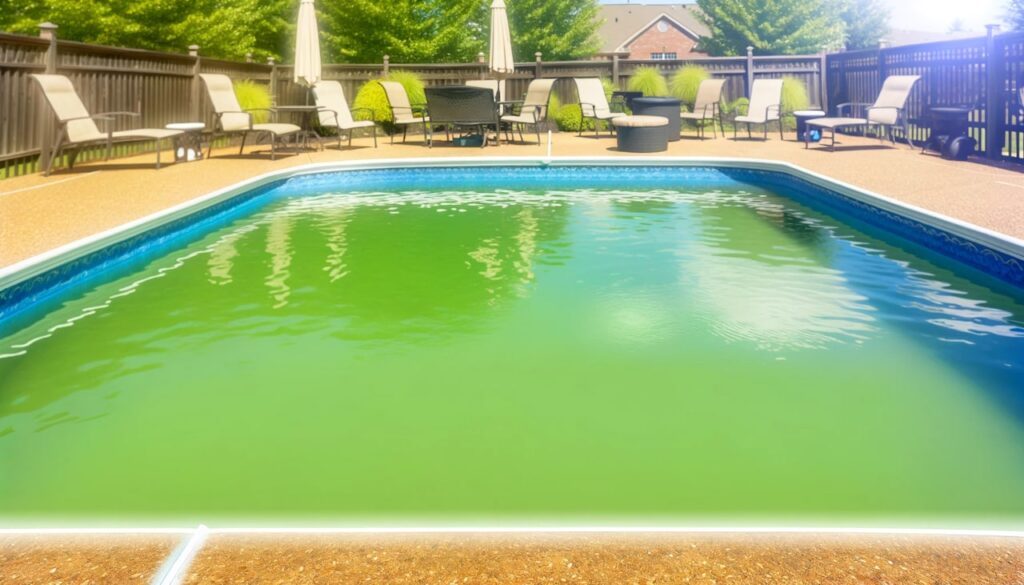If you’re a pool owner, you’re likely familiar with the frustration that comes from battling algae growth. A common cause of algae blooms in pools is the presence of phosphates, but how do they contribute to algae growth, and how can you manage them effectively? In this blog, we’ll take an in-depth look at phosphates in pools, their role in algae growth, and the best ways to address them to maintain a clean and healthy pool.
Phosphates are chemical compounds that contain phosphorus, a nutrient commonly found in fertilizers, detergents, and even tap water. In the context of a swimming pool, phosphates are a natural component that can accumulate over time from various sources. While phosphates are harmless on their own, they become problematic when they serve as a food source for algae, promoting rapid algae growth.
Yes, phosphates can significantly contribute to algae growth. Algae thrive in environments rich in phosphates because they use the nutrient to fuel their growth and reproduction. When phosphate levels are elevated, algae have an abundant food source, leading to blooms that can quickly take over a pool. This is why phosphate removal is often a key part of pool maintenance to prevent algae outbreaks.
Phosphates can enter your pool through various means, including:
Rainwater – Stormwater runoff can bring phosphates from surrounding areas into your pool.
Fertilizers – If your pool is located near a garden or lawn that uses fertilizer, phosphate particles can wash into the pool.
Pool Chemicals – Some pool chemicals, such as certain algaecides or pH adjusters, contain phosphates.
Swimmers – Body lotions, sunscreens, and even sweat can introduce phosphates into the water.
Tap Water – In some areas, tap water contains phosphates that can contribute to elevated levels in your pool.
Yes, it’s generally a good idea to remove phosphates from your pool, especially if they are present in high levels. While phosphates alone don’t cause algae, they provide the necessary nutrients for algae to thrive. By reducing phosphate levels, you can make your pool less inviting to algae, helping to keep your water clean and clear. Specialized phosphate remover products are available, and using them can help keep algae at bay.
Phosphates play a crucial role in the growth of algae in pools, but they are not the only factor to consider. By regularly testing your pool’s phosphate levels and taking steps to remove excess phosphates, you can prevent algae blooms. However, if phosphates aren’t the issue, other factors like water chemistry, filtration, and cleaning practices should be addressed. Maintaining a balanced, well-circulated, and clean pool is the key to enjoying a clear and algae-free swimming experience. Contact us today to learn more about phosphate removal and expert pool services to keep your pool in top condition all year round!




